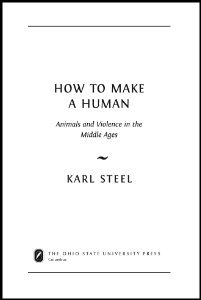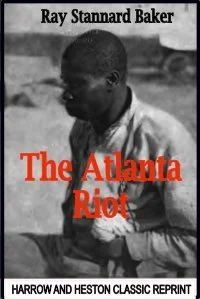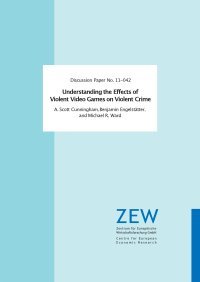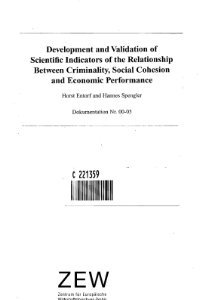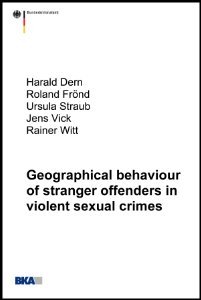By Marc Fabel and Helmut Rainer
This paper quantifies how much of violent crime in society can be attributed to football-related violence. We study the universe of professional football matches played out in Germany’s top three football leagues over the period 2011-2015. To identify causal effects, we leverage time-series and cross-sectional variation in crime register data, comparing the number of violent crimes on days with and without professional football matches while controlling for date heterogeneity, weather, and holidays. Our main finding shows that violent crime increases by 21.5 percent on a match day. In the regions and time period under consideration, professional football matches explain 8 percent of all violent assaults, and generate social costs of roughly 194 million euros. Exploring possible mechanisms, we establish that the match day effect cannot be explained by emotional cues stemming from either unsettling events during a match or unexpected game outcomes, nor is it driven by increases in domestic violence. Instead, we find that the match day effect can be attributed to violence among males in the 18-29 age group, rises to almost 70 percent on days with high-rivalry derby matches, and that a non-negligible share of it stems from violent assaults on police officers. These findings are inconsistent with frustration-aggression theories that can explain sports-related violence in the United States, but can be accommodated by social identity explanations of football hooliganism.
Munich: CESifo, 2021. 40p.





